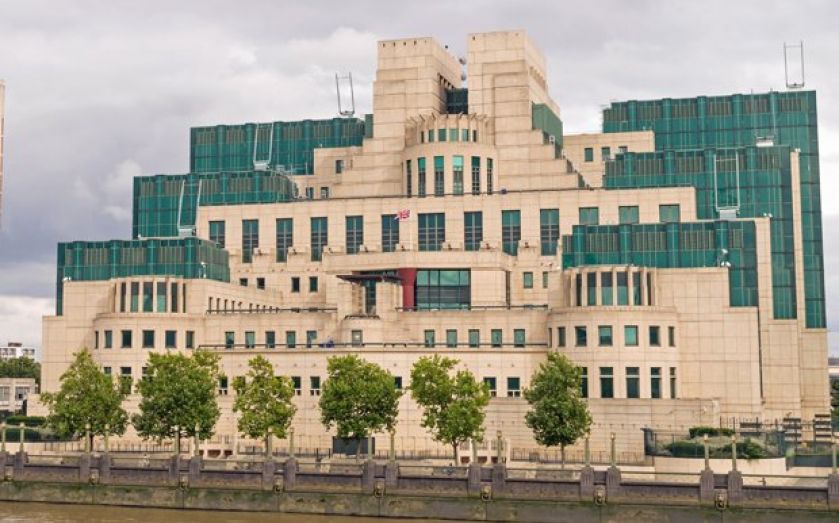Imagination’s FTSE dream on road to reality

Imagination Technologies chief executive Sir Hossein Yassaie said yesterday that he believed the British graphics chip designer was on the right track to becoming a FTSE 100 business.
Yassaie’s confidence came after Imagination signalled in December that the business would begin slowly transitioning from an investment phase into a deployment phase, which Yassaie hoped would lead the group to new heights.
“I’ve been criticised for making too much investment in certain areas. But everything that we’ve been investing in is proving to be what matters for the industry. That wasn’t an accident, it was planned,” Yassaie told City A.M. at the Consumer Electronics Show in Las Vegas yesterday.
Indeed, despite Imagination’s disappointing half-year results in December, in which revenues for the six months to the end of October fell 3.5 per cent to £82.2m with an operating loss of £9m, down from a profit of £1.4m in 2013, shares in the group have since soared more than 25 per cent.
“The stakeholders in Imagination understand that we are fundamentally a technology platform that will enable almost everything that matters in the next 10 years, which we’ve spent the last 15 years building,” says Yassaie.
“I’ve always talked about Imagination one day becoming a FTSE 100 company. I still stick to that and I think we have the platform to achieve that.”
Imagination’s technology platform has grown to include not just its traditional graphics chips business, but networking chips, camera chips and processors – a segment in which Imagination is going head-to-head with its rival, the FTSE 100-listed ARM Holdings.
“Power VR [Imagination’s graphics business] is a profitable business, hugely profitable, MIPS [its processor business] is on the margins of changing from an investment phase to profitability and Ensigma [its networking business] is still in an investment phase that will move into a profitable business,” says Yassaie.
“Our customers are most excited because they can talk to us about anything, all of our technologies are interrelated, you need a combination of all of them to solve problems and create solutions, whether in wearables, smartphones or the connected home.”